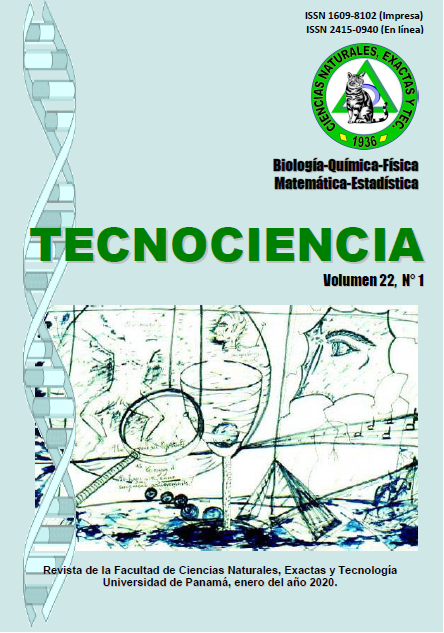

Many of the larvae of Lepidoptera cause crop damages in their early stages of development by inhibiting the foliar growth of plants; because the larvae need to feed constantly on leaves of the host plants to complete their biological cycle. This research reports the natural enemies of the Dione juno (Cramer, 1779) butterfly in crops of Passiflora edulis Sims, J. (1818) through a four-month monitoring (August-November 2019) in the lands of the University of Panama, Regional Center of Cocle province. Through observations in crops of Dione juno host plant (Passiflora edulis) , natural enemies such as ants (Hymenoptera, Formicidae, Solenopsis giminata (Fabricius 1804); bugs (Heteroptera, Pentatomidae, Mormidea notulata (Herrich-Schaeffer, 1844), wasps (Hymenoptera, Vespidae, Mischocyttarus angulatus Richards 1945), and parasites flies like (Diptera, Tachinidae, Lespesia archippivora) were identified in each of the development stages of its biological cycle. We consider these natural predators to be the cause of the decline in the population of Dione juno butterly, whose life cycle lasts about ± 30 days, from hatching to adult stage in Passiflora edulis crops